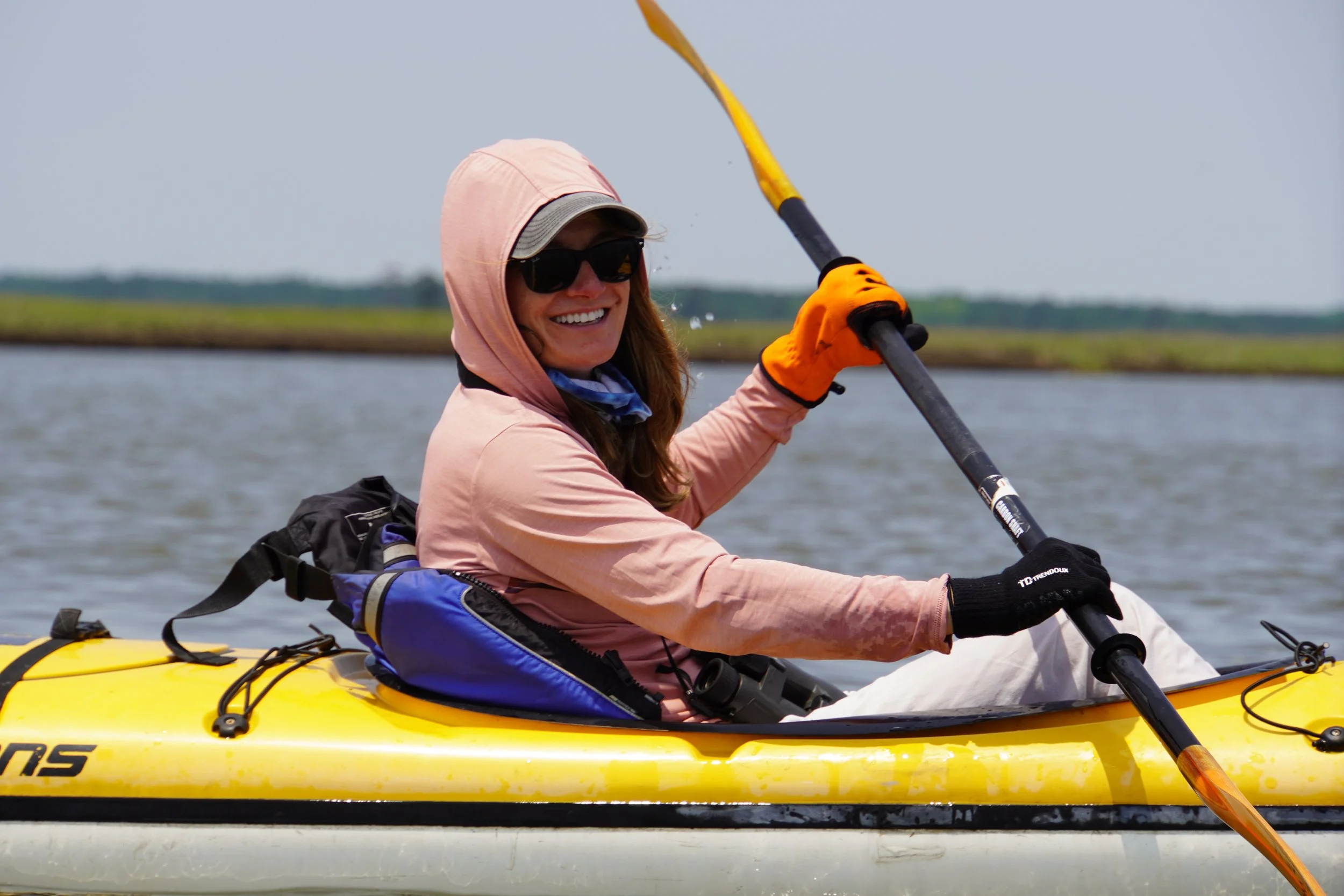Up Close with an Ancient Migration on Delaware Bay
Author: Ben Graham & Alice Grant, Volunteer Contributors
Ben Graham:
The first horseshoe crabs scuttled across the seafloor alongside trilobites and spawned on beaches next to dinosaurs. Today, the crabs persist in largely the same form as their ancient relatives - helmet-shaped shell attached to a single spiky tail. And so does their prehistoric spawning ritual. If you go to the right beach in late spring, ideally at high tide on a full moon. You can witness it.
This was the draw when I joined Upstream Alliance and a group of environmental leaders from around the region to paddle on Delaware Bay last month. The sun was already bearing down when we stepped onto a boat ramp near the mouth of the Mispillion River, where Upstream Alliance crew was unloading kayaks.
The original plan had been to search the marsh for spawning crabs. But with little wind, the back waters would be swarming with biting flies. Not to worry, Upstream Alliance President Don Baugh reassured us; horseshoe crabs are everywhere this time of year.
This has already proven to be true. On the drive in, crabs lay belly-up on the gravel road leading to the boat ramp. Down by Slaughter beach, they bobbed in the surf and wriggled up on the sand.
Later in the afternoon, as we paddled by a muddy spit across from DuPont Nature Center, we got a glimpse of the main event. Crabs were piled up on shore, surrounded by flocks of birds picking at the buffet of eggs left by the females.
Shorebirds in particular are dependent on the eggs in spring, using them to fuel their hemispheric journeys from southern wintering grounds to nesting territory in the arctic. The Upstream Alliance crew pointed out the variety of long-distance migrants dotting the shoreline, from black-bellied plovers to tiny sandpipers to pencil-billed dowitchers and even a few red knots, the most impressive and imperiled of them all.
Red Knots are plump, bronze-chested birds of the shoreline that spend the winter in South America before embarking on a furious, cross-continental journey to breed in the far reaches of Canada. They arrive at Delaware Bay thin and hungry. IT’s their last migratory stop, and they make the best of it by gobbling up eggs every day for almost two weeks straight.
But as horseshoe crab populations have struggled, so have the now-endangered red knots. In the last three decades, horseshoe crabs have declined by two-thirds in Delaware Bay, where they are harvested for bait and the biomedical industry, which uses their unique blue blood to detect toxins in drugs. The loss of spawning beaches hasn’t helped either.
Highlighting the intertwined fate of crab and bird was a main goal of the trip, and by lunchtime we got a closer view. Paddling from the river into the bay itself, Don navigated us to an exposed sandbar, where we stopped for a bite and an up-close look at a few mating crabs. The males are smaller, Don explained as he flipped one over, with special clasping claws that allow them to latch onto females, which they chase in a slow-motion dance across the shallows and shoreline.
For the last push, we paddled parallel to the shore and landed at Slaughter Beach, another spawning hotspot. The group reassembled for dinner featuring speakers Robin Tyler and Trevor Metz and a late-night visit to the beach, which revealed more crabs amassed in the surf.
I’m grateful to Upstream Alliance for bringing people together to witness this ancient phenomenon firsthand. It’s a reminder of the great natural wonders that still persist in our world and the importance of ensuring they continue in the future.
Alice Grant:
As a child, my siblings and I would often spend weekends on Atlantic Beach, NY just outside Brooklyn. In the waves, I feared getting stung by jellyfish, bitten by a shark, and particularly fretted about getting my toes pinched by a horseshoe crab. I had only ever seen the remains of horseshoe crabs on the beach which were ghostly abandoned shells, as big as my head.
It also could have been that I was a city kid when the 1996 science fiction film Independence Day hit theaters. The aliens that blew up NYC resembled giant horseshoe crabs.
It has taken some time for me to shake my unease of these creatures. Horseshoe crabs, I’ve come to understand, are wonderfully made. Some say they’re a product of mother nature. As an Episcopal priest, I see them as made by God, the Creator and Mother of us all.
Our Delaware Bay expedition with Upstream Alliance taught me about how horseshoe crabs serve as a singular food source for migrating Red Knots. I also learned - perhaps most importantly - that they do not pinch the toes of little girls, which I was delighted to share with my little girl. Horseshoe crabs, like many other threatened creatures of the Chesapeake, like many human animals, are just trying to survive.
St Anne’s Episcopal Church in Annapolis, where I serve on staff, will host an adult education series this fall on ecology and faith. We will hear speakers like Susan Thaxton, COO of Annapolis Maritime Museum; Alden Stoner, CEO of Nature Sacred; Ellen Davis of Duke University, and author Tom Horton. I hope our community will continue to find ways to partner to act for justice and safeguard all of God’s creatures of the Chesapeake Bay.






